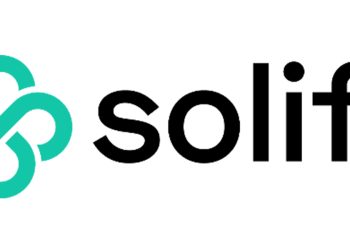Science fiction fans can tick off one more prediction turned to reality as NASA aims to optimize local travel and commuting by air above cities.
A key enabler is Digital Twin technology, a ‘real-world SimCity’ software able to aggregate vast quantities of data on buildings, roads, infrastructure, vehicles, and even space above into an interactive 3D virtual model of a city.
It is the potential to manage integrated drone and ‘new age’ air taxi routes in the air space that attracted a nationwide NASA search, leading Digital Twin pioneer Cityzenith to be 1 of just 10 tech companies presenting to senior NASA officials at the prestigious ‘Ignite the Night: Aeronautics’* NASA iTech virtual event on April 13, 2021.
NASA iTech identifies and searches for cutting-edge technologies being developed outside of NASA that solve problems on Earth but also have the potential to address challenges facing exploration of the Moon and Mars.

The high-profile panel of judges includes:
Harry Partridge, Center Chief Technologist, NASA Ames Research Center
Kurt R. Sacksteder, Center Chief Technologist, NASA Glenn Research Center
David Voracek, Center Chief Technologist, NASA Armstrong Flight Research Center
Julie Williams-Byrd, Deputy Chief Technologist, NASA Langley Research Center
NASA’s vision for Advanced Air Mobility (AAM) aims to help develop air transportation to safely move people and cargo between places previously not served or underserved by aviation – local, regional, intra-regional, and urban – using revolutionary new aircraft only now becoming possible.
Michael Jansen, CEO of Chicago-based Cityzenith, said: “This will be the second presentation to NASA by my company and its SmartWorldOS™ software platform within weeks, and we are very honored and excited to be the only Digital Twin company at this prestigious gathering.
“It highlights yet another application for Digital Twin technology and growing interest in flight above our cities, a dream dating back to the ground-breaking 1927 movie ‘Metropolis’ and many sci-fi classics since then, but now set to happen as we move to delivery by flying drones and then human travel by zero-carbon air vehicles using electric propulsion.
“It will open a whole new dimension to city life; no longer will high-rise living and working mean people must literally come down to earth to go elsewhere.
“But there is a real pressure to act, too: the World Economic Forum has reported that ground-level delivery vehicles in the world’s 100 largest cities will increase 36% by 2030, carbon emissions from all urban delivery traffic will rise 32% and congestion will be up by 21%, adding 11 minutes to an average daily commute.
“NASA introduced the air taxi concept in 2001 and the race is now on to create the first viable electric machines in a market tipped to grow 26.2% annually to $6.63 billion by 2030**.
“This new air mobility can also significantly reduce greenhouse gases in cities, a goal of our Clean Cities – Clean Future mission to drive down urban carbon emissions. Cities produce more than 70% of global carbon emissions (source: UN) and that’s why we pledged to donate SmartWorldOS™ to key cities around the world, one at a time, to help the most polluted become carbon neutral.
“We are also expanding to meet the demand for our Digital Twin capability as the post-COVID-19 ‘Build Back better’ initiative grows; we have just passed a $2.5 million milestone en route to a $10 million Regulation A+ crowdfunding investment raise.”
About Cityzenith
Cityzenith is based in Chicago with offices in London and New Delhi. The company’s SmartWorldOS™ Digital Twin platform was created for anyone designing, constructing, and managing complex, large-scale building projects, properties, and real estate portfolios. Find out more at www.cityzenith.com




